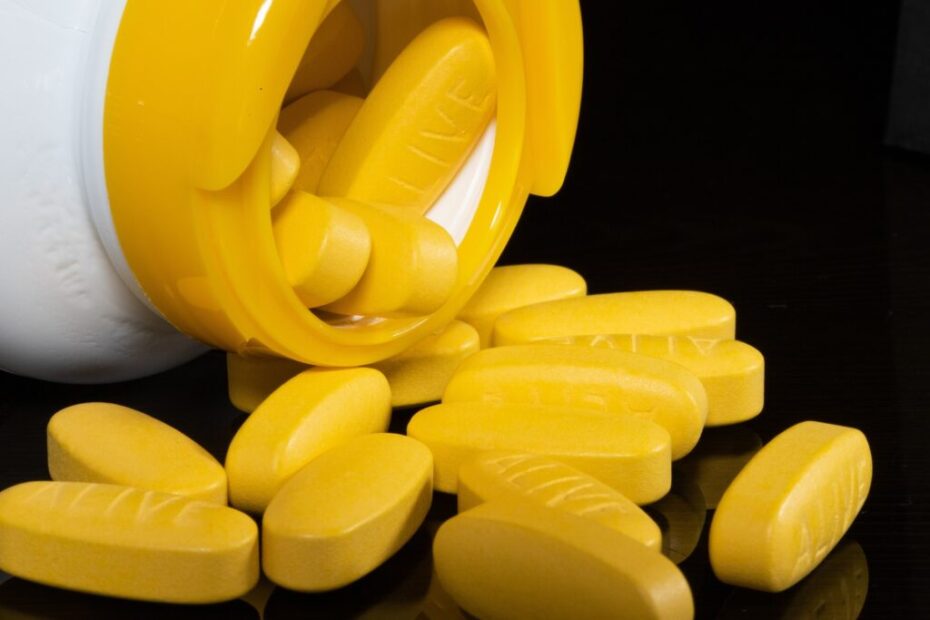How Are Medicine Packaging Made At Scale?
The drug business is a basic part of present day medical care, giving life-saving prescriptions to a large number of individuals around the world. One of the main parts of this industry is the bundling of drugs, which guarantees that they are protected, powerful, and simple to utilize. In this article, we will investigate the course of medication bundling at scale, including the materials utilized, the assembling system, and the significance of clean fill and finish.
Materials utilized in medication bundling :-
The materials utilized in medication bundling are painstakingly decided to guarantee that they are protected, sturdy, and ready to safeguard the drugs from defilement and harm. Probably the most well-known materials utilized in medication bundling include:
1. Glass :- Glass is a famous decision for medication bundling because of its brilliant hindrance properties, which help to safeguard the medication from dampness, oxygen, and different pollutants. Glass is likewise synthetically inactive, implying that it doesn’t respond with the medication, guaranteeing that the medication stays steady and powerful.
2. Plastic:- Plastic is one more typical material utilized in medication bundling, especially for fluid meds and those that require an adaptable compartment. Plastic is lightweight, strong, and can be handily formed into different shapes and sizes. A few normal sorts of plastic utilized in medication bundling incorporate polyethylene (PE), polypropylene (PP), and polyvinyl chloride (PVC).
3. Aluminum :- Paper and cardboard: Paper and cardboard are in many cases utilized in the external bundling of medications, like boxes and containers. These materials are lightweight, recyclable, and can be handily printed with significant data about the medication, like measurements guidelines and admonitions.
The Assembling System
The most common way of assembling medication bundling at scale includes a few stages, including plan, material choice, creation, and quality control. Here is an outline of each step: –
1. Plan:- The plan of medication bundling is a basic step, as it should guarantee that the bundling is not difficult to utilize, gives satisfactory security to the medication, and meets administrative prerequisites. Fashioners work intimately with drug organizations to make bundling that meets these standards, considering variables like the kind of medication, the interest group, and the expected use.
2. Material determination: – When the plan has been settled, the suitable materials should be chosen. This includes thinking about elements like the boundary properties of the material, its similarity with the medication, and its natural effect. Material determination is a vital stage in guaranteeing that the medication bundling is protected, compelling, and manageable.
3. Creation:-The development of medication bundling includes a few cycles, contingent upon the kind of bundling and the materials utilized. Some normal creation techniques include:
a. Blow shaping:- This cycle includes warming a plastic material and afterward blowing air into it to make an empty holder. Blow shaping is ordinarily used to deliver plastic jugs and compartments for fluid drugs.
b. Infusion forming: Infusion shaping includes warming a plastic material and afterward infusing it into a form to make a strong item. This interaction is ordinarily used to create plastic covers, terminations, and different parts of medication bundling.
c. Thermoforming: Thermoforming includes warming a plastic material and afterward forming it utilizing a shape or vacuum. This interaction is normally used to create rankle packs and different kinds of plastic bundling.
d. Clean fill and finish: This is a basic move toward the development of injectable meds, like immunizations and biologics. Clean fill and finish includes filling the medication into its last compartment (like a vial or needle) and afterward fixing it in a clean climate. This interaction guarantees that the medication stays liberated from pollution and keeps up with its adequacy.
4. Quality control:- Quality control is a fundamental piece of the medication bundling producing process, guaranteeing that the bundling satisfies the expected guidelines for security, adequacy, and ease of use. This includes testing the bundling for elements like hindrance properties, similarity with the medication, and usability. Quality control additionally includes really looking at the bundling for deserts, for example, breaks or harm, which could think twice about wellbeing and adequacy of the medication.
The Significance of Sterile Fill and Finish
As referenced before, clean fill and finish is a basic move toward the creation of injectable medications. This cycle guarantees that the medication stays liberated from defilement, which is fundamental for keeping up with its security and viability. Polluted prescriptions can cause serious medical issues, including contaminations and antagonistic responses, which can be dangerous at times.
Sterile fill and finish is an exceptionally specific cycle that requires a controlled climate, particular hardware, and gifted experts. The cycle commonly happens in a cleanroom, which is an exceptionally planned space with severe controls on elements like temperature, stickiness, and air quality.

M Care Exports is one of the leading third-party pharmaceutical Wholesalers, Suppliers, and Exporters, in India. M Care is operating for the last 17 years and works as a Distributor of medicines. We are providing subjective medicinal products to customers worldwide…ReadMore

